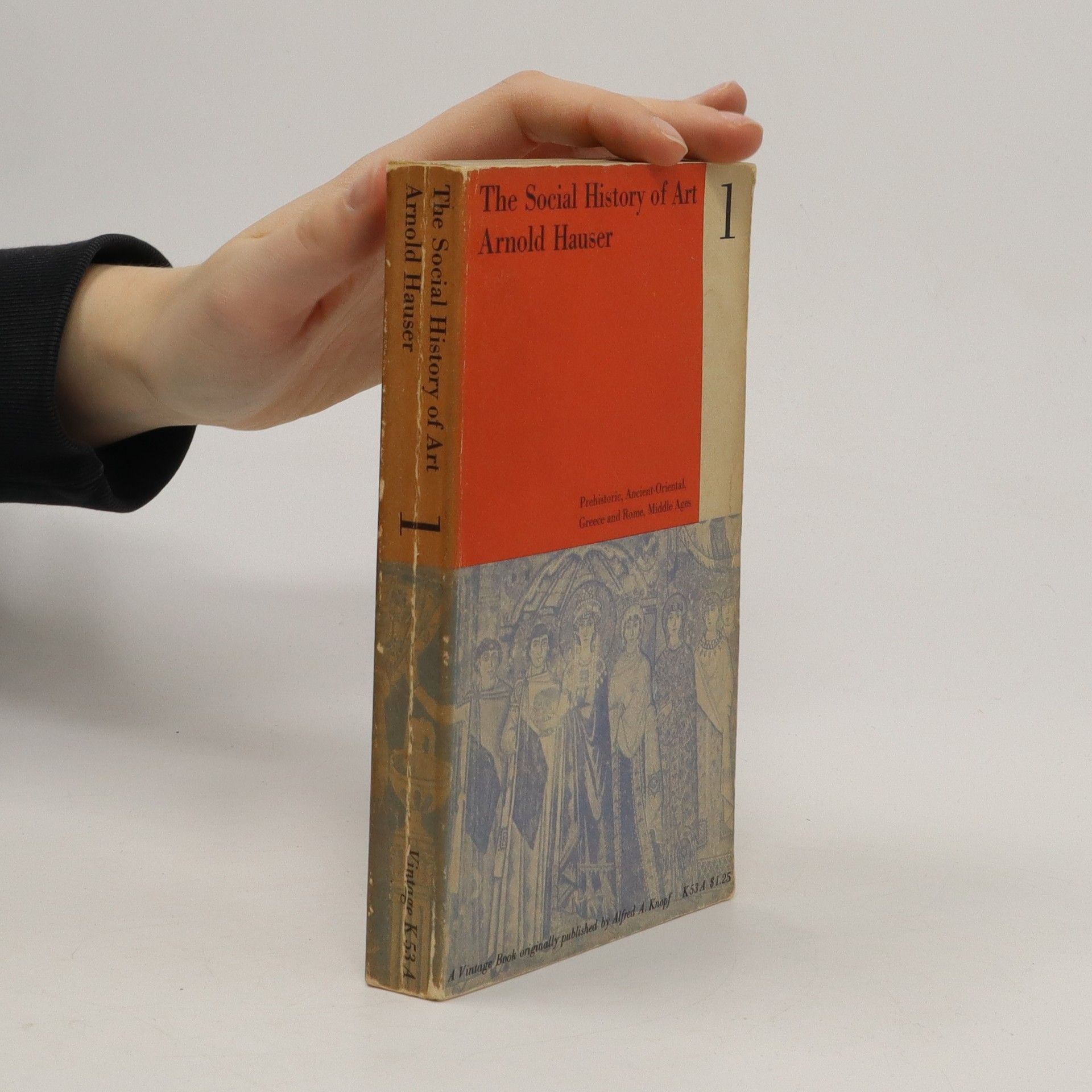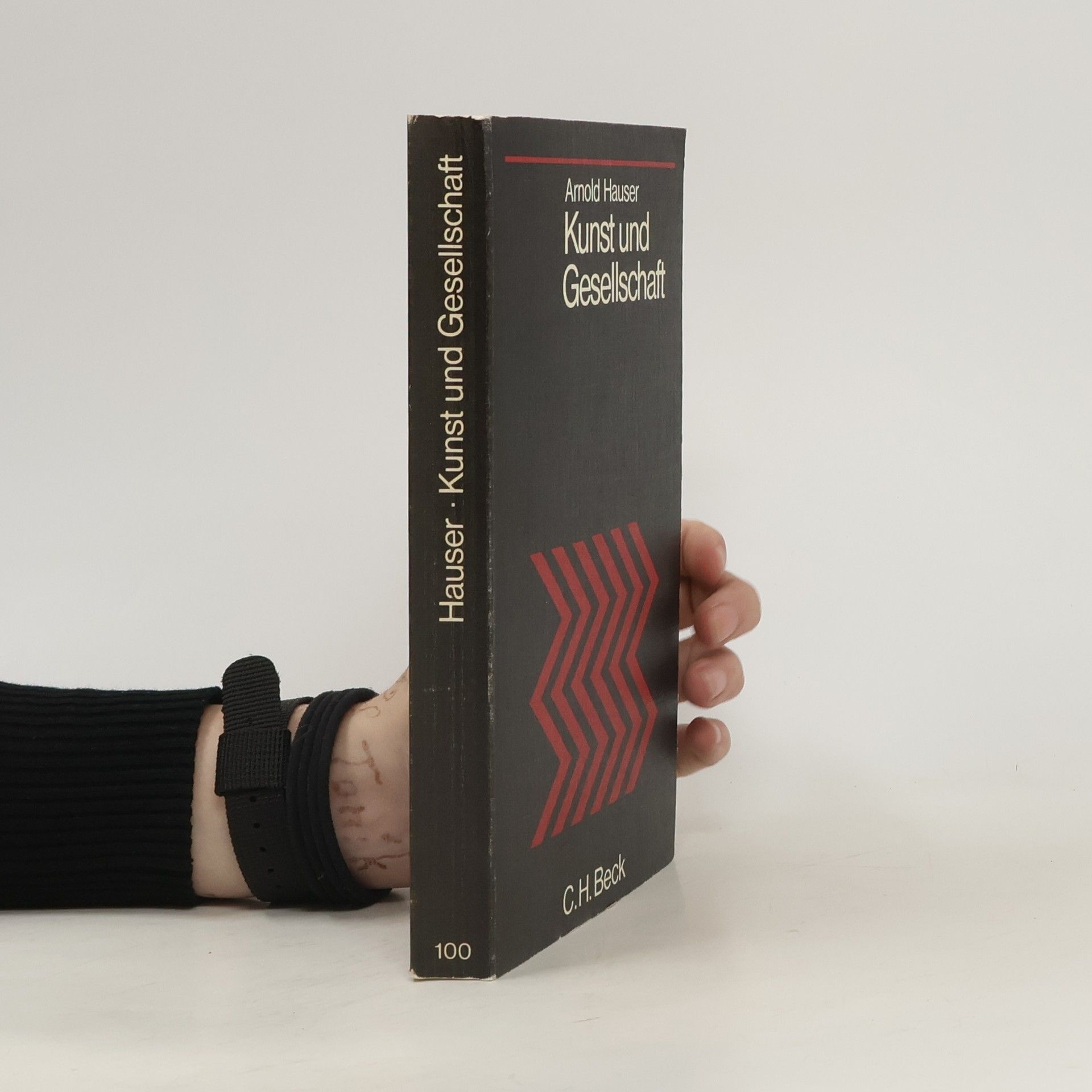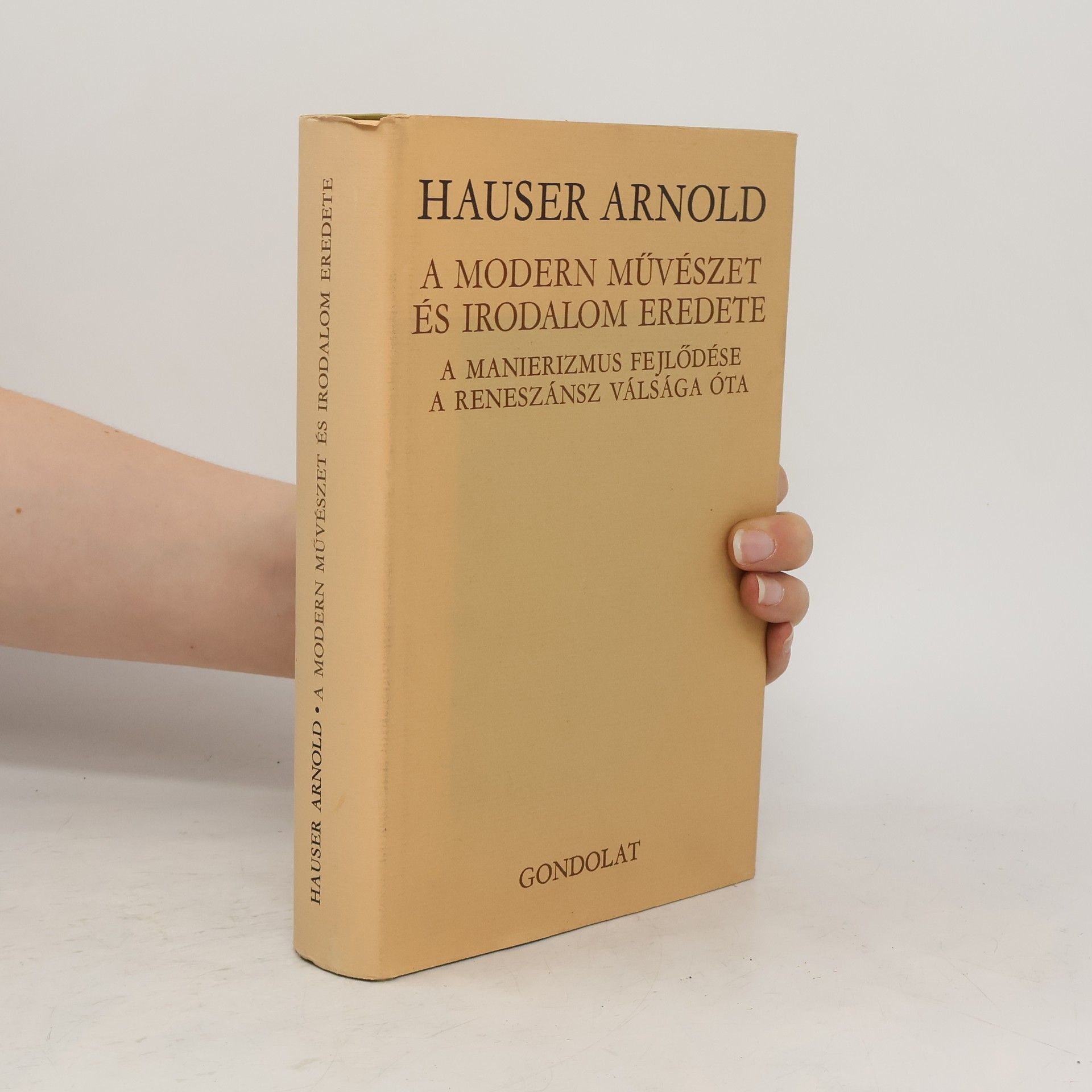First published in 1951 Arnold Hauser s commanding work presents an account of the development and meaning of art from its origins in the Stone Age through to the Film Age. This new edition of a classic work offers a contemporary introduction.
Arnold Hauser Books
Arnold Hauser was a pivotal figure in the sociology of art, examining artworks as products of social and economic forces. His work was characterized by a deep engagement with how art reflects and influences society, often challenging traditional aesthetic perspectives. Hauser's approach focused on understanding art within its historical and societal context, offering a profound look at the evolution of artistic forms across centuries. His influential writings delve into the intricate relationship between artistic production and societal structures.







Originally released in two volumes in 1951, this work offers a significant exploration of its themes and characters. The historical context and the author's insights provide a rich backdrop for the narrative, inviting readers to engage deeply with the material. The book's structure and presentation reflect the era of its publication, making it a notable piece for those interested in literary history and development.
The Sociology of Art
- 800 pages
- 28 hours of reading
First published in 1982, The Sociology of Art considers all forms of the arts, whether visual arts, literature, film, theatre or music from Bach to the Beatles. The last book to be completed by Arnold Hauser before his death in 1978, it is a total analysis of the spiritual forces of social expression, based upon comprehensive historical experience and documentation. Hauser explores art through the earliest times to the modern era, with fascinating analyses of the mass media and current manifestations of human creativity. An extension and completion of his earlier work, The Social History of Art, this volume represents a summing up of his thought and forms a fitting climax to his lifee(tm)s work. Translated by Kenneth J. Northcote.
The Social History of Art. Volume Three, Rococo, Classicism, Romanticism
- 284 pages
- 10 hours of reading
This work has been selected by scholars as being culturally important and is part of the knowledge base of civilization as we know it. This work is in the public domain in the United States of America, and possibly other nations. Within the United States, you may freely copy and distribute this work, as no entity (individual or corporate) has a copyright on the body of the work. Scholars believe, and we concur, that this work is important enough to be preserved, reproduced, and made generally available to the public. To ensure a quality reading experience, this work has been proofread and republished using a format that seamlessly blends the original graphical elements with text in an easy-to-read typeface. We appreciate your support of the preservation process, and thank you for being an important part of keeping this knowledge alive and relevant.
The development and significance of art are explored from the Stone Age to the Film Age in this influential work by Arnold Hauser. Originally published in 1951, it provides a comprehensive account of art's evolution over time. This new edition includes a contemporary introduction, making it accessible for modern readers while retaining the depth of Hauser's original analysis.
Social History of Art, Volume 1
From Prehistoric Times to the Middle Ages
- 330 pages
- 12 hours of reading
Exploring the evolution of art from the Stone Age to the Film Age, this influential work by Arnold Hauser delves into the significance and transformation of artistic expression throughout history. The new edition features a contemporary introduction, enhancing its relevance for modern readers while preserving the depth of Hauser's original analysis.
The Philosophy of Art History
- 441 pages
- 16 hours of reading
First published in 1959, this book is concerned with the methodology of art history, and so with questions about historical thinking; it enquires what scientific history of art can accomplish, what are its mean and limitations? It contains philosophical reflections on history and begins with chapters on the scope and limitations of a sociology of art, and the concept of ideology in the history of art. The chapter on the concept of "art history without names" occupies the central position in the book � thoroughly discussing the basic philosophical outlook for the whole work. There are also further chapters on psychoanalysis, folk art and popular art. The chapter on the role of convention in the history of art points the way for further study.


